The term ‘regenerative’ has become popular in recent years. There’s regenerative agriculture, regenerative practices, regenerative design – all used by businesses to indicate some sort of sustainability and environmental responsibility. But, do most people even understand what ‘regenerative’ means?
Often, the use of a word alone is a sign of greenwashing. So read on if you want to learn more about one of the hot topics in the sustainability sphere, and how it should be used to communicate real sustainable business.
The threat of greenwashing
As we covered previously, greenwashing occurs when a company uses misleading or unsubstantiated claims to suggest that their products or practices are more environmentally-friendly than the reality. It’s a problem that activists and watchdog organisations have been fighting for years now.
Last August, France became the first country to ban ads on fossil fuels. Europe continues to make some headway with anti-greenwashing laws, but the road to full transparency and accurate information is not a short one. The term ‘regenerative’ has become a buzzword and with that, another potential tool for greenwashing.
What does ‘regenerative’ mean, though?
The first step to know whether a company is telling the truth, is to understand what regeneration is all about.
A quick bit of background. Despite the decades-long talks surrounding sustainability, doubt lingers as to whether the contemporary way of tackling things is enough. Carbon emissions are still on the rise (despite slowing during the pandemic) and net zero promises don’t actually stop people from hurting the planet.
Regenerative sustainability aims higher, as it is supposed to result in net positive impact on the environment and community. It is a nature-based design philosophy that takes into account a world of finite resources. While regeneration is a newer concept, its roots go back to farming practices during the 1970s.
That all said, there is no precise or legal definition for ‘regenerative’ at the time of writing. It’s a worry as vague words can be co-opted for nefarious purposes. Still, a way to think about it is to contrast with another popular word that many of us are fond of: ‘sustainable’.
- Sustainable: something that can be sustained over time, doing little harm to future generations. Think stability.
- Regenerative: something that aims to do no harm and lead to benefits / reversal of harm. Think renewal.
You could also try to visualise that on a scale – including the more conventional approach. Here’s our attempt.
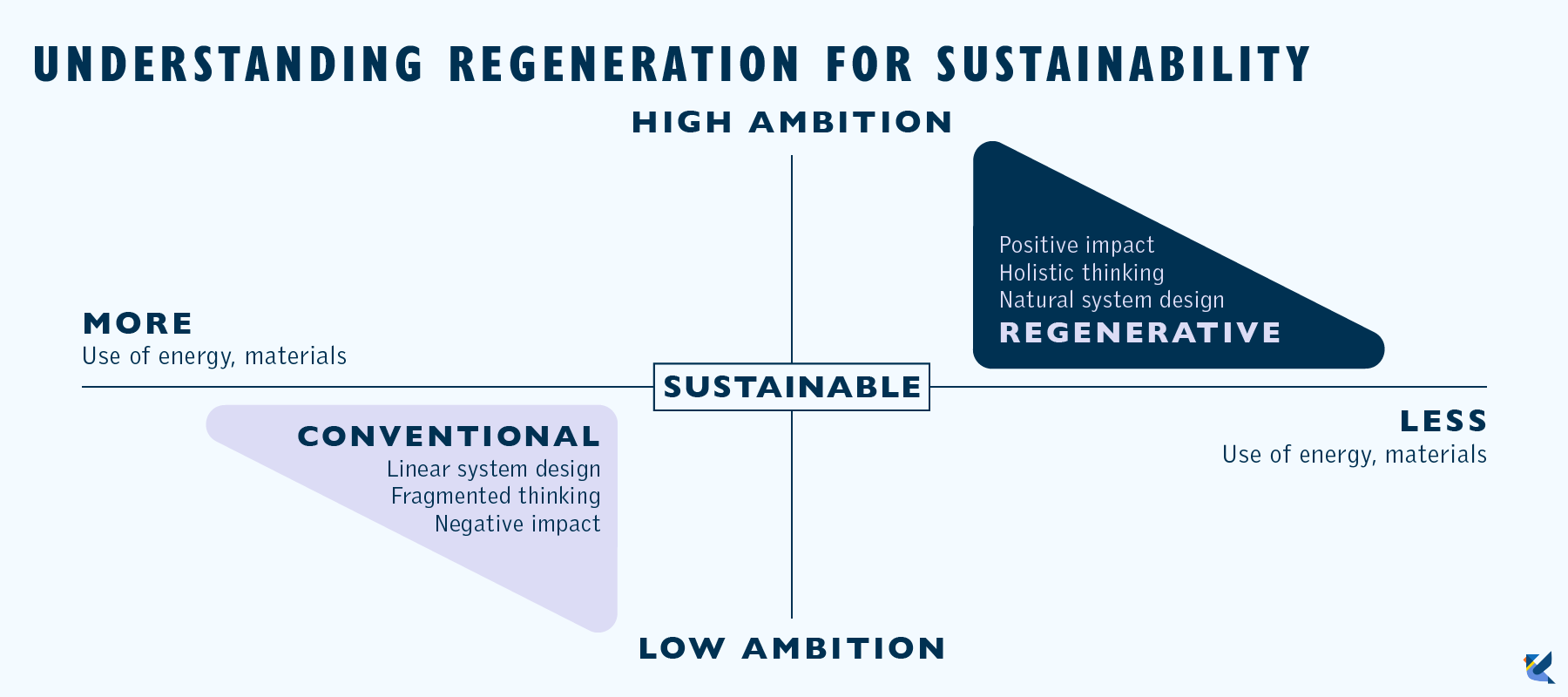
Regeneration is a noble, ambitious concept then. But it’s worth noting that – to add to the vagueness – regeneration encompasses a wide range of practices, some of which can arguably be harmful. For example, large-scale monoculture farming using synthetic fertilizer and pesticides can consider their methods to be “regenerative” if they improve soil health and carbon sequestration. However, pesticides can negatively impact the direct ecosystem and contribute to the decline of biodiversity. Like a lot of concepts in the sustainability lexicon, it’s complicated.
Examples of brands and businesses getting it right
So now that regenerative sustainability is part of the conversation, some are putting out the warning sign for attempts of greenwashing. Especially against the absence of a clear and precise definition.
Fortunately, some companies seem to be setting the right example when it comes to talking about regenerative practices in the right way.
Patagonia
The revered clothing brand known for its commitment to sustainability and exclusive use of organic cotton since 1996, is implementing regenerative farming into their supply chain for organic cotton. In 2017, Patagonia helped establish the Regenerative Organic Certified program and funded the nonprofit Regenerative Organic Alliance to manage the certification program. Over 2,000 of their farmers are Regenerative Organic Certified and Patagonia launched their first collection of regenerative certified products in Spring 2022.
Familia Torres
Spain’s largest winery is using the regenerative viticulture model to transform its organic vineyards, by using methods that imitate how nature works in an environment. Familia Torres is a family of winegrowers from the 18th century, and “the more we care for our Earth, the better our wines” has been their motto for generations. Implementing regenerative viticulture is one way that they are helping mitigate climate change.
View this post on Instagram
Allbirds
In June 2023, Allbirds revealed the design of the world’s first net zero sneakers, M0.0NSHOT, without carbon offsets. One of the three main materials used to achieve nothing is regeneratively farmed merino wool. Sourced by The New Zealand Merino Company’s regenerative wool program, ZQRX, the wool comes from a net zero carbon farm that sequesters more carbon than it emits. The shoes will be available for purchase in Spring 2024.
Cuningham
The previous examples show that regenerative sustainability is famed for its use in agriculture – which reflects the history of the concept of regeneration. But regenerative practices have also long been used in the building design industry. The global firm Cuningham is one of the leaders in regenerative architectural design. Project strategies always include measures for carbon and energy, place, and ecology, to name a few.
For example, Cuningham transformed the large parking lot of a former car dealership into a campus courtyard for Littleton Public Schools in Colorado. It is now an outdoor learning space for students to study water conservation, stormwater management, flow dynamics, as well as the local ecosystem and its native plant species.
View this post on Instagram
A Quinta da Lage
A Quinta da Lage is a regenerative eco farm and co-living space based in the coastal natural park in South Western Portugal. They attract future farmers, anyone interested in living off-grid, and those wanting to learn about regeneration. Beyond being a farm built on regenerative methods, they host a range of different courses, such as permaculture design, natural building, team building, and personal development.
What about you? Are you or your brand doing something impactful in the regenerative sphere. Maybe even better than those brands featured above? If so, let us know and we can add you to the list.
How to spot brands doing it wrong?
Firstly, here’s a great Instagram slideshow we were reading on this from Local Futures.
View this post on Instagram
Tips for folk buying
Now some final tips from Akepa. How can you spot when ‘regenerative’ is not being used in bad faith? Here are a few tips to help separate the wheat from the chaff:
- Be on the lookout for data and other specifics: Companies that are serious about sustainability will provide details about their products, processes, and more. Look for information about sourcing, production methods, and environmental impact. Any mention of being “regenerative” without specific details is a big ol’ red flag.
- Check for third-party certifications: These are helpful tools for consumers to verify that a company’s claims about their products or practices are legitimate. Look for certifications from reputable organizations. This includes new certifications focused on ‘regen’ like, regenorganic and certified regenerative by A Greener World.
- Research the company’s history: Spend some time to look into a company’s past and see if they have a track record of environmental violations or unethical behavior. If they do, how did they address it?
- Check for transparency: True commitment to sustainability involves transparency and a willingness to talk with customers. Open their social media networks to see if they’re responding to customer queries.
While the term ‘regenerative’ can indicate a promising new way of doing things, it can also be used by companies attempting to greenwash their message. Look for the specifics that are indicative of truly sustainable and responsible practices. It’s these that will allow people to make good decisions about the companies and products they choose to support.
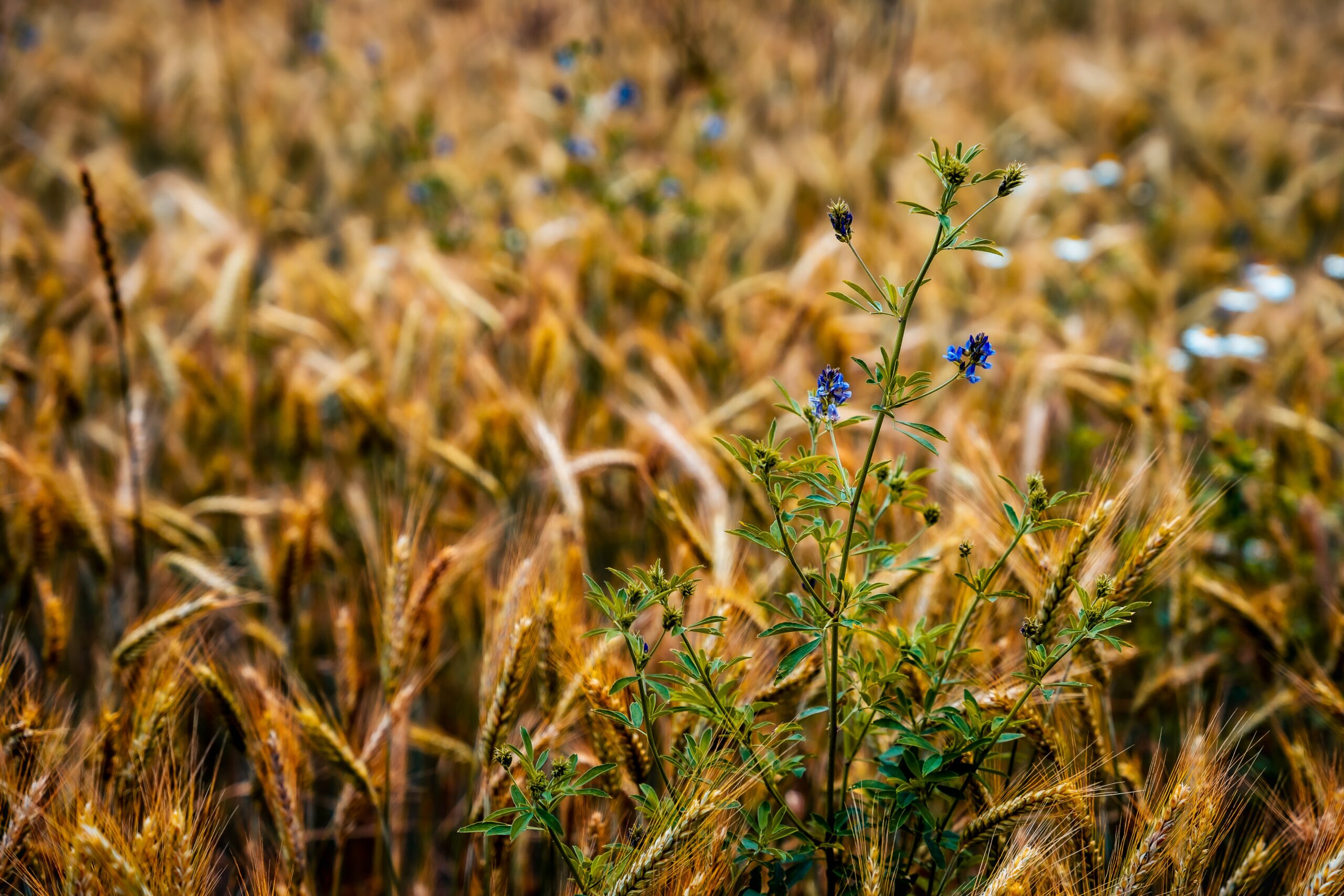
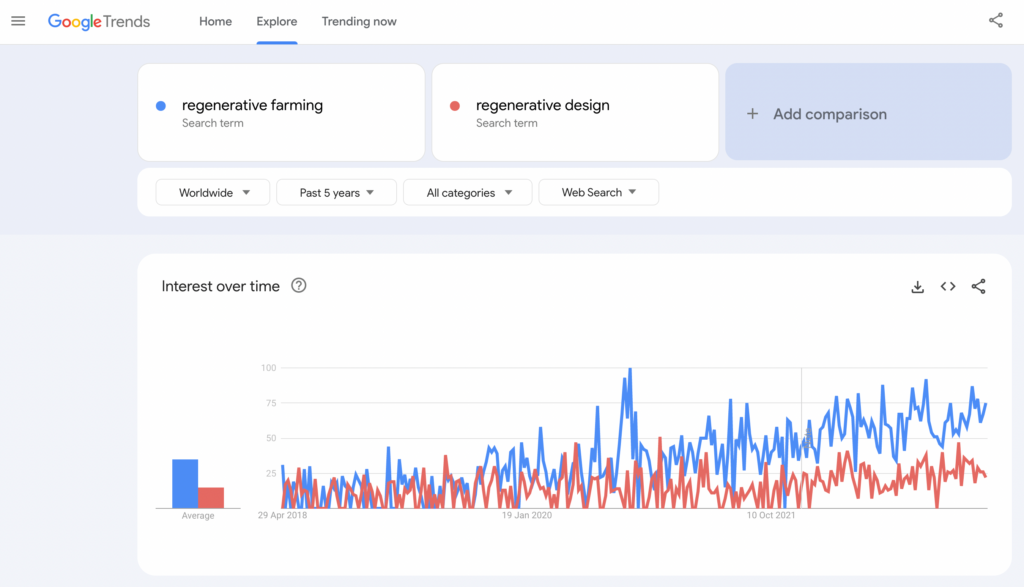
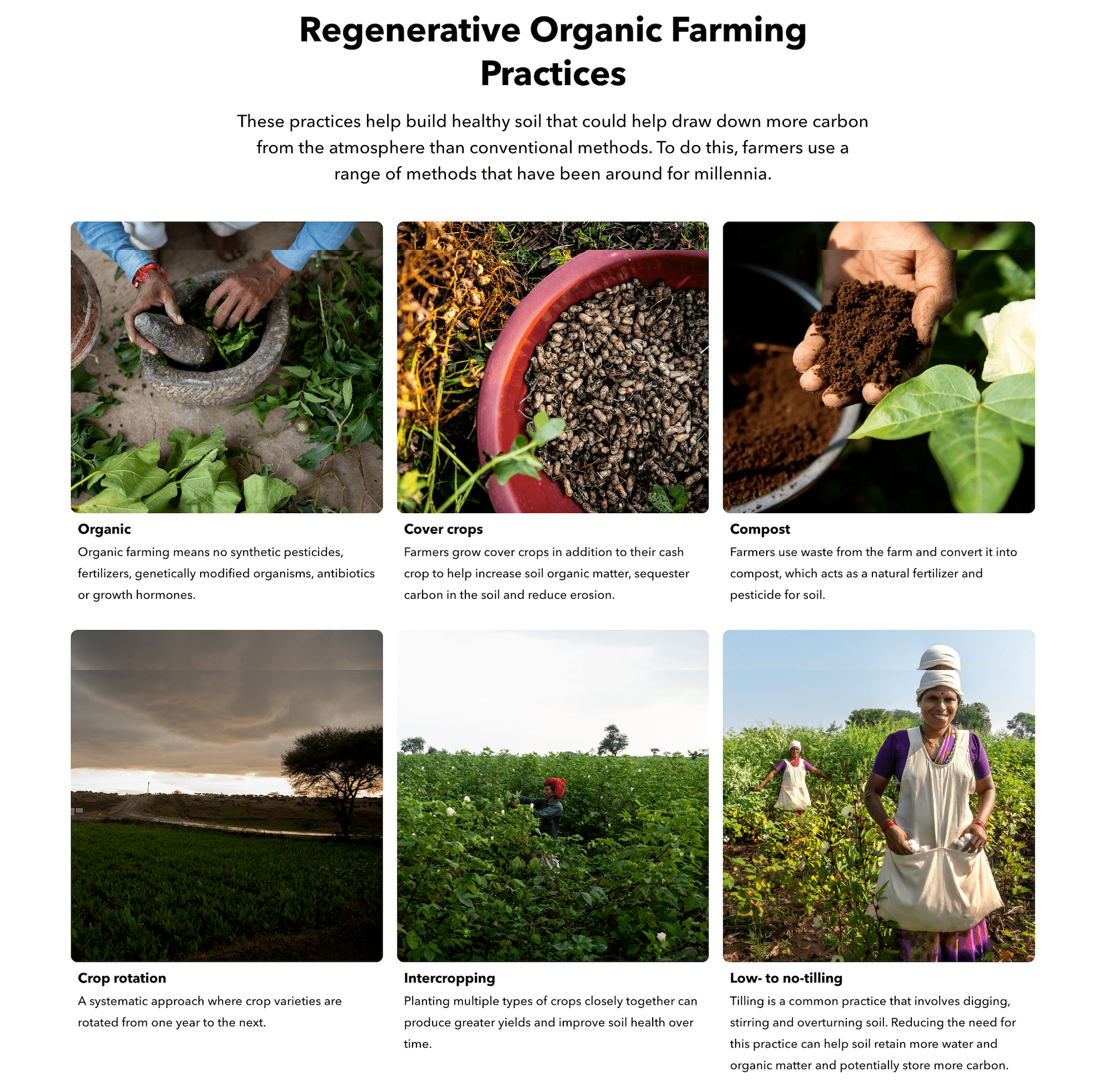
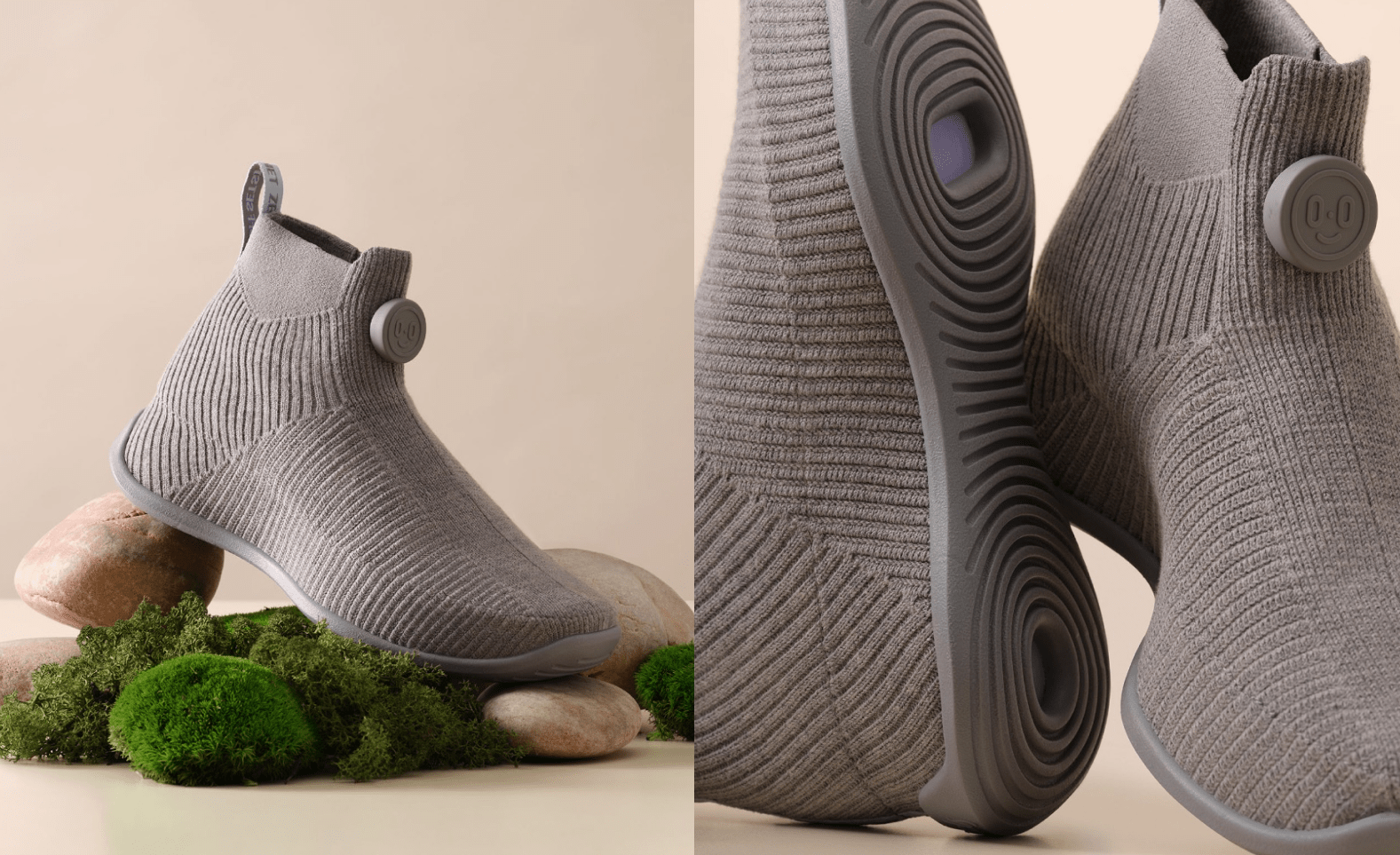
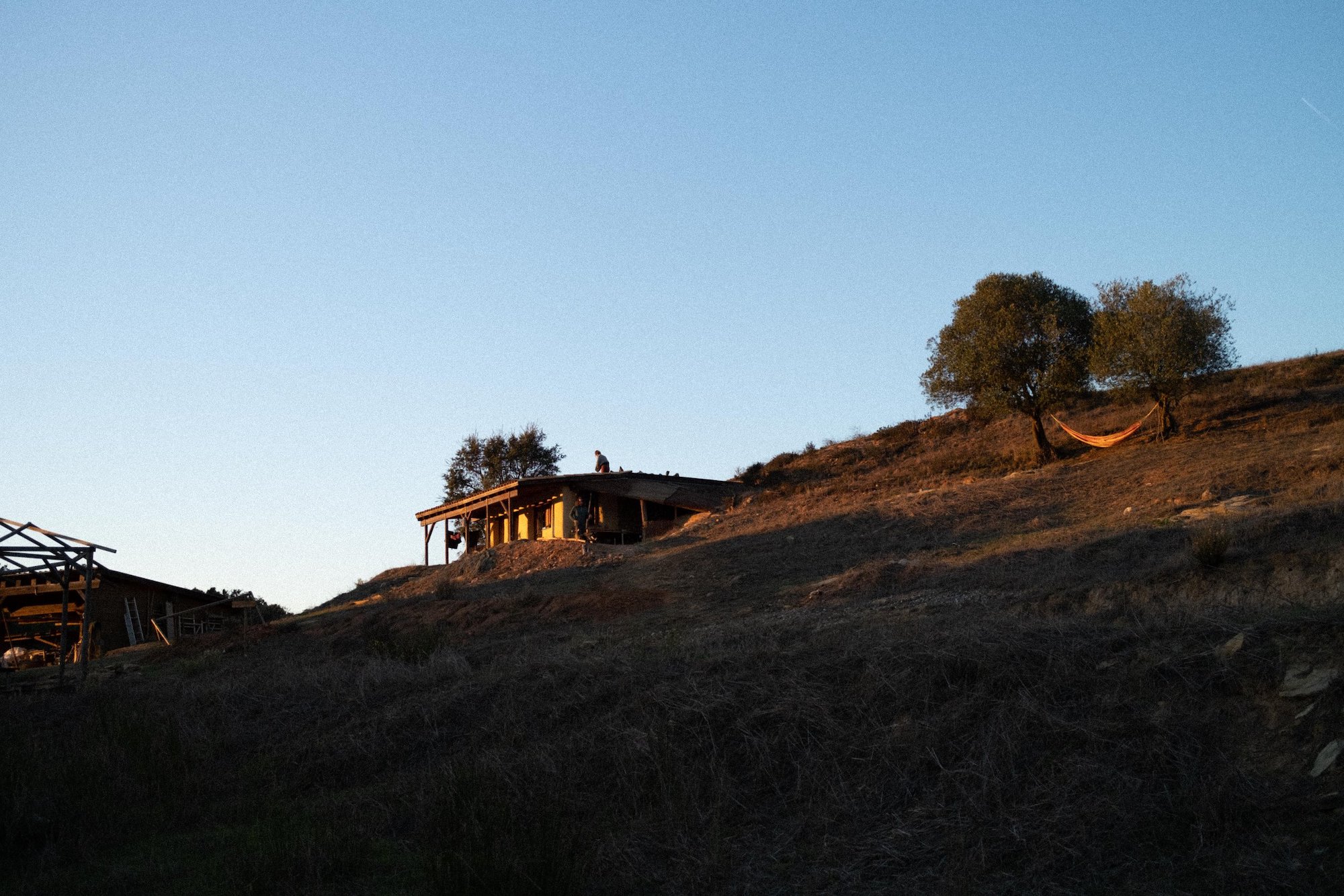


Leave a Reply